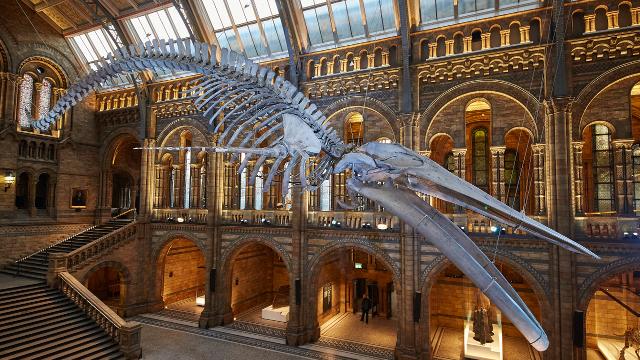Cultural sites are among the most valuable treasures of humanity, preserving the legacy of our history, art, and shared identity. However, these sites face a growing range of threats, from natural disasters to deliberate acts of vandalism, looting, and even terrorist attacks. Protecting these irreplaceable landmarks requires a strategic approach that balances access with security, ensuring their preservation for future generations.
At Rockfort Security Consultants, we understand the critical need to safeguard cultural heritage. Here, we outline key measures that can be employed to better protect cultural sites.
1. Conduct Comprehensive Risk Assessments
Understanding the specific threats facing a cultural site is the first step in protecting it. Risk assessments should consider:
– Environmental risks such as earthquakes, floods, or extreme weather events.
– Human threats including vandalism, theft, and acts of terrorism.
– Operational vulnerabilities such as outdated security systems or insufficient staff training.
By identifying and prioritising risks, stakeholders can implement tailored solutions that address the most pressing concerns.
2. Deploy Advanced Surveillance Systems
Modern technology plays a vital role in safeguarding cultural sites. Employ advanced surveillance measures, such as:
– CCTV with remote monitoring to ensure constant surveillance, even in low-traffic areas.
– Motion sensors to detect unauthorised access, particularly in restricted zones.
– Drone surveillance for large or remote sites, providing aerial views that ground-based systems cannot achieve.
Integrating these technologies into a centralised security network ensures real-time responses to potential threats.
3. Enhance Physical Security
Effective physical security measures deter unauthorised access and protect vulnerable areas. Consider implementing:
– Perimeter barriers such as walls, fences, or bollards to restrict vehicle access and prevent encroachments.
– Controlled entry points with metal detectors, ID verification, or biometric scanning.
– Tamper-resistant display cases to protect valuable artefacts within museums or visitor centres.
Physical security measures should be discreet and respectful of the site’s cultural significance to maintain its aesthetic and historical integrity.
4. Train and Empower Staff
Well trained staff are indispensable to the security of cultural sites. Provide training on:
– Recognising suspicious behaviour or activities.
– Responding to emergencies, including evacuation and fire control.
– Safeguarding artefacts during natural disasters or other crises.
Encourage a culture of vigilance and empower staff to act decisively in safeguarding the site.
5. Collaborate with Local Authorities and Experts
Protecting cultural sites often requires collaboration with a broad range of stakeholders, including:
– Law enforcement to address potential threats such as theft or terrorism.
– Heritage conservation specialists to advise on preserving artefacts and structures.
– Local communities to foster a sense of shared responsibility and encourage reporting of suspicious activity.
Building strong relationships with these groups ensures a coordinated and effective response to threats.
6. Develop and Test Emergency Response Plans
Preparation is key to mitigating the impact of emergencies. Develop comprehensive response plans that include:
– Evacuation procedures for visitors and staff.
– Fire suppression systems that are non-damaging to artefacts and structures.
– Artifact relocation strategies for safeguarding high-value items during crises.
Regularly test these plans through drills and simulations to ensure readiness.
7. Leverage Technology for Preservation
Innovative technologies can both protect and preserve cultural heritage. Examples include:
– Digital documentation such as 3D scanning and high-resolution imaging to create precise records of artefacts and structures.
– Smart sensors to monitor environmental conditions like temperature, humidity, and vibrations that can damage artefacts over time.
– Geo-fencing technologies to alert authorities of unauthorised movements near restricted areas.
These tools enhance the ability to safeguard cultural sites while ensuring their long-term preservation.
8. Raise Public Awareness
Public education is a powerful tool in protecting cultural heritage. Raise awareness through:
– Community outreach programmes that highlight the significance of the site and the need for its protection.
– Visitor education initiatives that promote respectful behaviour and discourage vandalism or theft.
– Social media campaigns to engage global audiences and foster support for preservation efforts.
When the public understands the importance of cultural sites, they become active participants in their protection.
Cultural sites are not just historical landmarks; they are irreplaceable legacies that connect us to our past and shape our collective identity. Protecting these sites requires a blend of modern technology, well-trained personnel, and active community involvement.
At Rockfort Security Consultants, we specialise in designing and implementing comprehensive security solutions tailored to the unique needs of cultural sites. Contact us today to learn how we can help protect your heritage and ensure it remains a source of inspiration for generations to come.

